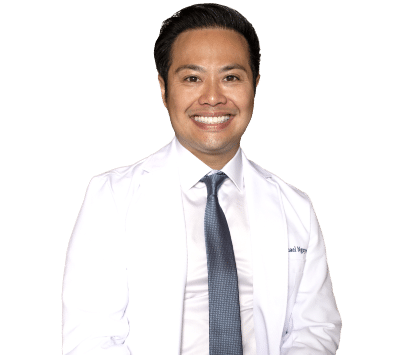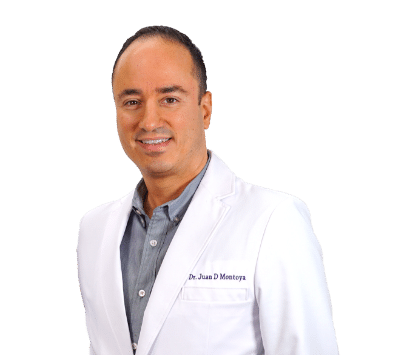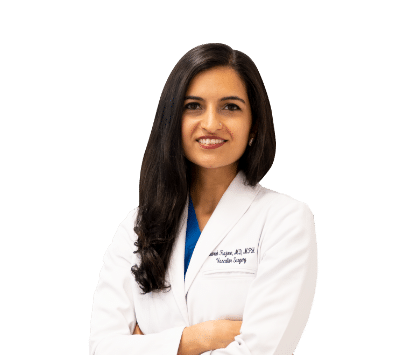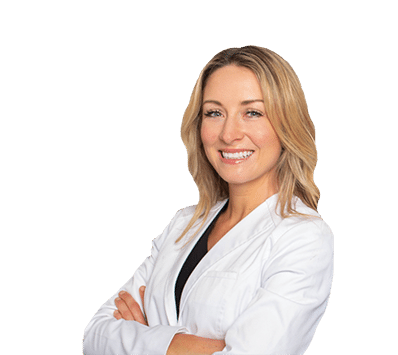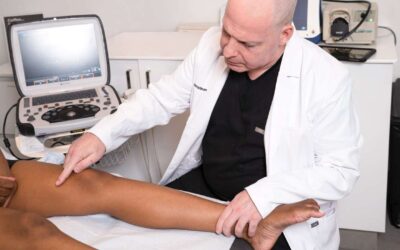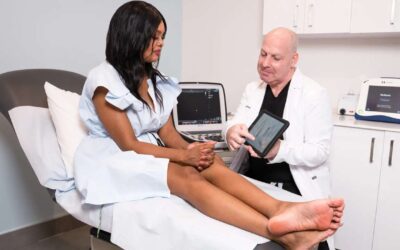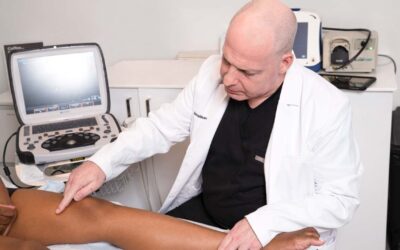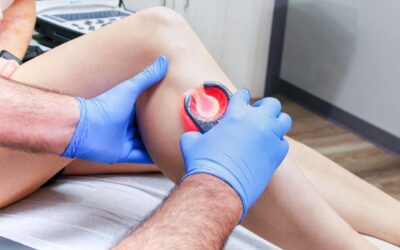What Causes Spider Veins And Varicose Veins? Causes, Risk Factors, And Prevention
What are spider veins and varicose veins?
Spider veins and varicose veins are common vein problems that affect many people. Spider veins are small, thin veins that appear just under the skin and are usually blue, purple, or red in color. They can be found on the face, legs, and ankles and are often described as looking like a spider’s web. Varicose veins are larger, swollen veins that bulge out of the skin’s surface and are often blue or dark purple. They can be found on the legs but can also occur in other parts of the body. Varicose veins are often raised and twisted and may cause discomfort or pain.
What causes spider veins and varicose veins?
One of the main causes of spider veins and varicose veins is chronic venous insufficiency. This is a condition in which the veins in the legs cannot pump enough blood back to the heart. The human body contains two types of blood vessels: arteries and veins. The veins carry deoxygenated blood from various body parts to the heart, often against the force of gravity.
The veins contain valves that allow blood to flow toward the heart but not backward. When the vein valves collapse, blood flows backward due to gravity, especially in the lower body, and accumulates in the leg veins, leading to vascular dilation and the eventual formation of spider veins and varicose veins. The continued accumulation of blood in leg veins can also lead to leg heaviness, leg pain, restless leg syndrome, frequent leg cramps, and other problems.
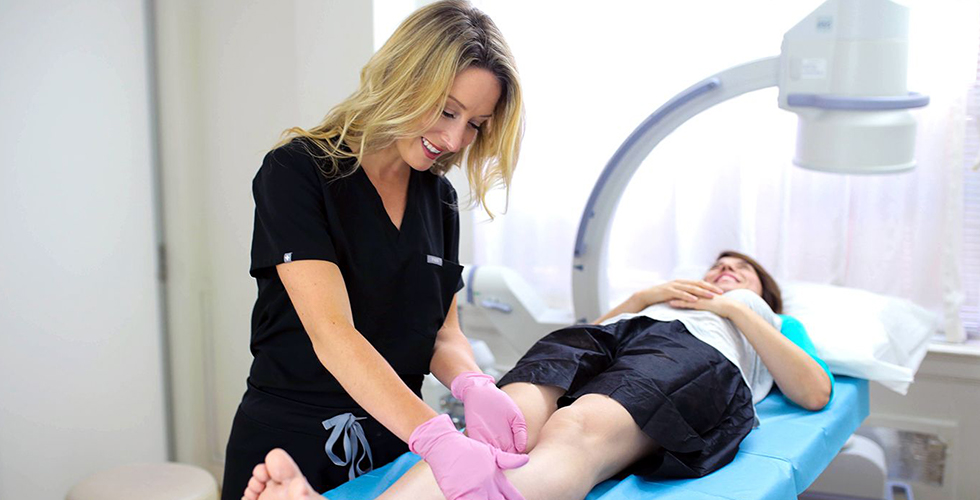
What are the risk factors for vein problems?
Vein problems, such as spider veins and varicose veins, are common conditions that affect many people. Several factors can increase the risk of vein problems, including age, gender, family history, pregnancy, and certain lifestyle and occupational factors.
- Age is a major risk factor for vein problems. As people age, the valves in their veins become less effective at preventing blood from flowing backward. This can cause blood to pool in the veins, leading to vein problems.
- Gender is also a risk factor for vein problems. Women are more likely to develop vein problems due to hormonal changes during pregnancy and menopause.
- Family history is another risk factor for vein problems. If your parents or grandparents had vein problems, you might be more likely to develop them.
- Pregnancy can also increase the risk of developing vein problems. The increased weight and pressure on the veins during pregnancy can cause blood to pool in the veins.
- Certain lifestyle and occupational factors can also increase the risk of vein problems. Being overweight puts extra strain on the veins, so maintaining a healthy weight can help to prevent vein problems. Jobs that require standing or sitting for long periods, such as teaching or nursing, can also increase the risk of vein problems.
While it’s not always possible to prevent vein problems, there are steps you can take to reduce your risk. Regular exercise and maintaining a healthy weight can prevent vein problems. Avoiding standing or sitting for long periods and taking frequent breaks to walk around and stretch your legs can also minimize the risk of vein problems. Elevating your legs above the level of your heart can also improve circulation and minimize the risk of vein problems.
How can I prevent varicose and spider veins?
There’s no surefire way to prevent varicose and spider veins because you may suffer from venous insufficiency for numerous underlying factors. However, you can implement lifestyle changes to minimize the risk of vein problems. The following are some of the best ways to reduce the risk of vein problems:
- Regular exercise improves circulation and prevents the accumulation of blood in the leg veins.
- Being overweight strains the veins, so maintaining a healthy weight can minimize the risk of vein problems.
- If your job requires you to stand or sit for long periods, take frequent breaks to walk around, stretch your legs, and improve blood flow to the heart.
- Wear compression stockings to improve blood flow to the heart and reduce blood pooling in your leg veins.
- Elevate your legs above the level of your heart to improve circulation.
- Avoid high heels because they can increase the pressure on your veins.
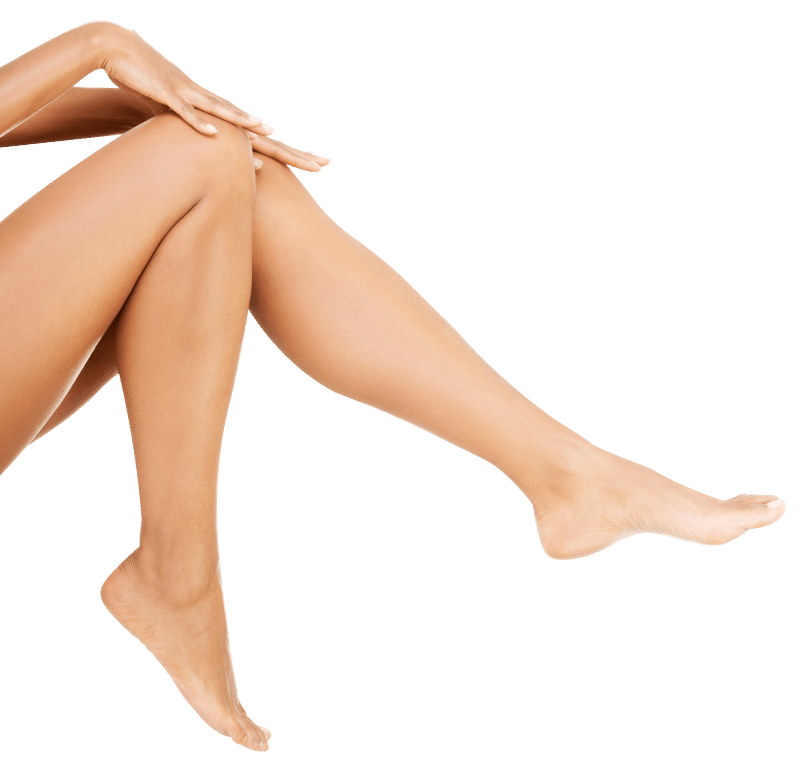
BOOK AN APPOINTMENT
Experiencing symptoms of vein disease? Book an appointment with one of the our Vein Specialists in New York.
How to get rid of swollen varicose veins?
The following are some minimally invasive treatments for vein problems:
- Sclerotherapy: In this procedure, a solution is injected into the vein, causing it to scar and close. Over time, the vein will fade away.
- Endovenous laser ablation: This procedure uses laser energy to seal the vein from the inside, allowing the accumulated blood to flow into healthier veins.
- Radiofrequency ablation: In this procedure, a small catheter is inserted into the vein, and radiofrequency energy is used to seal the vein from the inside.
- Ambulatory phlebectomy: This procedure involves using special techniques to extract unhealthy varicose veins through small incisions on the skin’s surface.
New York Vein Treatment is a group of state-of-the-art medical centers for vein treatment in New York. Our medical centers are led by board-certified vein doctors specializing in cutting-edge minimally invasive procedures, such as sclerotherapy, radiofrequency ablation, and venaseal. We have offices for vein treatment in Midtown Manhattan and the Financial District, a short walk from the New York Stock Exchange. Please schedule an appointment at your nearest medical center for vein treatment in New York.
MEET OUR NEW YORK
VEIN SPECIALISTS
Dr.MICHAEL NGUYEN
Veins Specialist NYC
He leads the team of vein doctors offering the highest level of care at our Spider and Varicose Vein Treatment Center NYC.
HARVARD MEDICAL SCHOOL
Dr. JUAN D. MONTOYA
Veins Specialists NYC
Highly sought after for his expertise and excellent outcomes in Vein Treatments in Manhattan.
YALE MEDICAL SCHOOL
Dr. SAREH RAJAEE
Veins Specialists NYC
She has extensive experience with vein performing procedures based on New York City.
HARVARD MEDICAL SCHOOL
Learn more about our clinics, doctors and procedures!

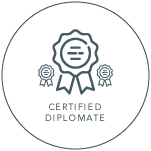

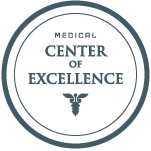



Contact us
Call us
Speak instantly with one of our team members; they will answer any questions you may have regarding insurance coverage, booking an appointment and our vein treatment locations. (646) 859-1833
Book online
Visit our Book Appointment page and instantly request an appointment at the New York vein center near you. We offer Free Insurance Verification before your appointment.
Get directions
Learn how to easily get to the New York vein center.
FEATURED POSTS BY VEIN DOCTORS
Best Treatment for Spider Veins in Upper East Side, NY
Best Treatment for Spider Veins in Upper East Side, NYYou may have noticed clusters of thin, reddish-purple veins spreading across your legs, ankles, or face. At first, they might have seemed like a minor cosmetic issue—a few visible veins that didn’t cause much...
Treat Venous Reflux at Upper East Side’s New Vein Clinic
Treat Venous Reflux at Upper East Side's New Vein ClinicYou may have noticed heaviness, aching, or swelling in your legs, especially after standing for long periods. Perhaps your legs feel restless at night, or you see bulging veins beneath the skin. These could be...
Sclerotherapy for Varicose Veins in Upper East, New York
Sclerotherapy for Varicose Veins in Upper East, New YorkHave you ever noticed clusters of thin, web-like veins spreading across your legs or experienced persistent aching, heaviness, or swelling? These symptoms might seem minor initially, but they could indicate...
Best Treatment Options for Spider Veins in Bronx, New York
Best Treatment Options for Spider Veins in Bronx, New YorkYou’re getting ready for an outing, but you feel self-conscious about the thin, web-like veins visible on your legs. You wonder if they’re purely cosmetic or indicative of a deeper issue. Perhaps you’ve...
